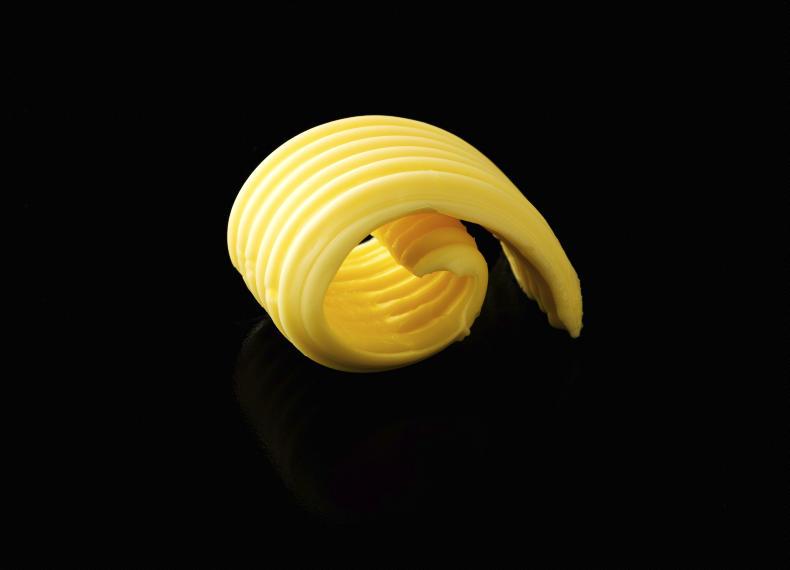The demand for butter is expected to remain stable into 2018, according to the latest short-term outlook from the European Commission.
It attributes this to the incapability of the processing industry to easily adapt recipes and switch to vegetable fats.
Also with butter going through a renaissance, consumers prefer it (at the moment) to vegetable fat.
In the short-term outlook, the Commission also said that butter prices are anticipated to go down towards the end of the year, thanks to increased supply during the peak of milk production in Oceania.
“Moreover, current record prices are related to limited quantities bought by buyers who did not anticipate their purchases.
“But many buyers have forward contracts with conditions that were negotiated when prices were not that high,” it said.
Higher butter production
Overall this year, EU butter production is expected to be nearly 3% down from 2016.
EU figures show that Germany and France produce 40% of EU butter, and from January until July their butter production was down 7%.
At EU level, this equates to production being 5% lower than in 2016 over the same period, according to the Commission.
Therefore, it said with the expected rebound in milk collection, including in France and Germany, butter production may recover in the second half of the year. However, it may not be enough to offset the drop in the first half of the year.
Furthermore, with more milk being produced and with a higher fat content, the Commission forecast that EU butter production could rebound in 2018 by 3%.
Read more
Major milk producers upping supply again
Prices slip at GDT auction
The demand for butter is expected to remain stable into 2018, according to the latest short-term outlook from the European Commission.
It attributes this to the incapability of the processing industry to easily adapt recipes and switch to vegetable fats.
Also with butter going through a renaissance, consumers prefer it (at the moment) to vegetable fat.
In the short-term outlook, the Commission also said that butter prices are anticipated to go down towards the end of the year, thanks to increased supply during the peak of milk production in Oceania.
“Moreover, current record prices are related to limited quantities bought by buyers who did not anticipate their purchases.
“But many buyers have forward contracts with conditions that were negotiated when prices were not that high,” it said.
Higher butter production
Overall this year, EU butter production is expected to be nearly 3% down from 2016.
EU figures show that Germany and France produce 40% of EU butter, and from January until July their butter production was down 7%.
At EU level, this equates to production being 5% lower than in 2016 over the same period, according to the Commission.
Therefore, it said with the expected rebound in milk collection, including in France and Germany, butter production may recover in the second half of the year. However, it may not be enough to offset the drop in the first half of the year.
Furthermore, with more milk being produced and with a higher fat content, the Commission forecast that EU butter production could rebound in 2018 by 3%.
Read more
Major milk producers upping supply again
Prices slip at GDT auction






 This is a subscriber-only article
This is a subscriber-only article









SHARING OPTIONS: